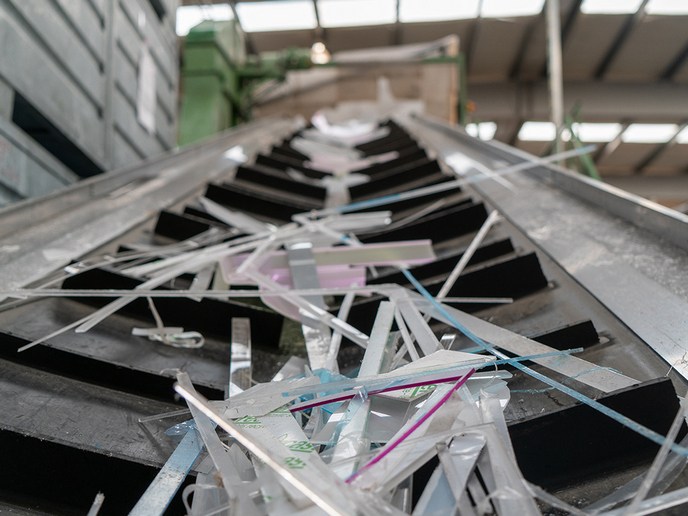Recycled aluminium for lightweight structures
In a bid to reduce fuel consumption and eliminate concerns about climate change, the aviation and automotive industries are constantly striving to lighten frame and body structures. With excellent mechanical properties and the potential to dramatically reduce weight, aluminium has been extensively used in aircraft parts. However, raw aluminium production consumes a great deal of energy and a lot of water. Within SUPLIGHT (SuPLight - Sustainable and efficient production of light weight solutions), researchers investigated the possibility of producing aircraft and automobile parts by using at least 75 % recycled aluminium. They studied recycled aluminium in terms of its chemical composition, mechanical properties and origin, also looking at how to improve processing routes. Project members successfully developed a life-cycle management tool that assesses energy consumption, environmental impact and costs of new products. The tool can calculate and simulate new process production and material routes for components that may be central elements in transport safety systems. The SUPLIGHT demonstrator is a collaborative platform whose architecture and data privacy protection allows linking European expertise into a distributed computing and simulation-based optimisation service. The team designed an effective reverse logistics network for the L-shaped front lower control arm of a car with a lifetime of 200 000 km, including a detailed model for the scrap treatment processing routes of aluminium. A number of generic test components with variable alloy and trace element concentration levels were tested with a focus on formability, mechanical properties and corrosion resistance. The new tool compares scenarios with certain variables, including chemical composition, scrap treatment technologies, scrap share in the component production, production process routes and component weight. The ultimate aim is to investigate to what degree material quality, mechanical properties and geometry affect the life-cycle environmental and economic performance of the product. SUPLIGHT plans to facilitate a revolutionary new process for the reuse of wrought aluminium alloy in lightweight structural solutions. The ecodesign criteria and toolkit will facilitate eco-efficient development and manufacturing processes. This will lead to significantly enhanced performance while tremendously reducing material waste. Lightweight vehicles stand to benefit first, with numerous other potential applications to follow and associated impact on the EU economy.







